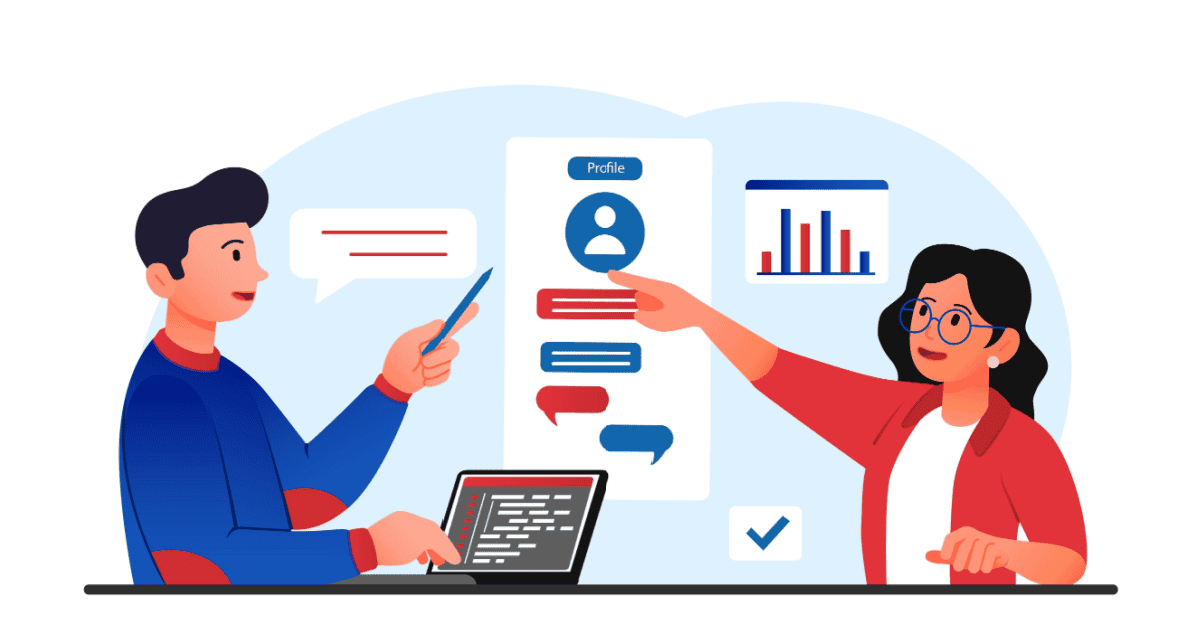
Go-to-Market & Partnership Strategies: Mastering Sales Training with Barrett King
Written By: Jeb Blount, Jr.
Podcast: Play in new window | Download | Embed
Subscribe: Apple Podcasts | Spotify | Amazon Music | Pandora | iHeartRadio | Email | RSS
In this episode of The Sales Gravy podcast, Jeb Blount Jr. hosts Barrett King, Senior Director of Revenue and Partnerships. In this episode they dive into key insights on building effective sales training, the importance of a well-defined go-to-market strategy, and the power of partnerships to drive customer success.
Barrett’s approach to how sales enablement and partnerships can dramatically reduce the time it takes for a sales team to become proficient, creating stronger, faster results.
Key Takeaways:
– Training vs. Coaching Distinction: Successful organizations differentiate between training (knowledge transfer) and coaching (enhancement of skills). Training provides the foundational knowledge, while coaching develops and fine-tunes the skills that have been learned, allowing individuals to apply them effectively.
– Proficiency Framework: Organizations that excel in training have a clear framework for progression—from theory to practice and application. This framework accelerates skill development, enabling employees to achieve in two months what typically takes twelve, improving overall organizational efficiency.
– Ongoing Development: Training doesn’t stop at onboarding. Continuous development and management of employees’ growth are crucial. Organizations that treat training as a continuous process, rather than a one-time event, maintain higher levels of talent retention and skill proficiency.
– Value of Partnerships: Partnerships in a go-to-market strategy are about delivering exponential value to customers by combining the strengths of two businesses. The “value triangle” concept emphasizes that a business, its partner, and the intersection of their services create more value for the customer than each could individually.
– Customer-Centered Strategy: A customer-first approach drives effective go-to-market strategies. Partnerships, particularly for startups, should focus on aligning with partners who already have customer trust. By understanding customer needs and other solutions they’re using, organizations can better strategize and offer more meaningful, value-driven collaborations.
– Listen to Customer Patterns: Even with a small customer base, patterns emerge in how customers use your product or service. Identifying and understanding why certain customers adopt similar practices helps inform product strategy and go-to-market approaches, ensuring you’re addressing real needs.
– Customer-Centric Messaging: When reaching out to partners or customers, focus on how your solution will improve the customer’s experience, rather than simply pushing your product. It’s crucial to show how you can add value to the customer’s existing operations, rather than expecting them to sell or adopt your product without a clear benefit.
– Keep Outreach Simple and Genuine: Authentic, straightforward communication is often the most effective. Instead of overcomplicating messages with details about your offerings, a simple approach that highlights shared networks or experiences can open doors to meaningful conversations and partnerships.
– Ego Can Be a Barrier: In the early stages of a sales career, ego can cloud judgment. It’s crucial to focus on genuinely helping prospects rather than trying to prove oneself. Authentic engagement is key to fostering successful partnerships.
– Timing and Personalization Matter: Sending emails at unconventional times (e.g., evenings or early mornings) can improve response rates. Tailoring outreach to when your prospects are more likely to be free and receptive helps break through the noise of their day-to-day work.
Build Strong Partnerships
Building meaningful partnerships can be a game-changer for your growth. But how do you move beyond just pitching products and get partners genuinely interested in what you offer? It’s not just about numbers or features. It’s about people working together for a shared purpose.
It Starts with Being Human
One of the most common mistakes salespeople make is focusing too much on technical benefits and outcomes. Sure, increasing ROI by 448% sounds great, but at the core, partnerships are about people. When reaching out to a potential partner, the conversation should feel natural, like you’re trying to build a genuine relationship.
Instead of diving straight into the pitch, start by saying something simple like, “I want to help you.” It sounds basic, but being clear and genuine goes a long way. It’s also realistic—out of the thousands of people you may reach out to, many won’t be interested, and that’s okay. Focus on the ones who are, and keep your message simple and authentic. Those genuine conversations are what spark real partnerships.
Avoid Overcomplicating It
Many sales professionals tend to overthink their outreach. We get caught up in scripts, email templates, and trying to perfect every little detail. But sometimes, it’s better to strip it all down. Success can come from simply reaching out to agency partners and saying, “Let’s chat for five minutes to see if we’re a good fit.” This approach isn’t complicated or flashy—it is about starting a real conversation.
If you approach someone and say, “I think we can help each other,” it makes the whole interaction feel less like a sales pitch and more like a collaboration. That’s what people want—a partner, not a salesperson. And when they see that you genuinely care about helping them, it’s easier to gain their trust.
Listening is Your Superpower
Partnerships are built on understanding, not selling. It’s easy to forget that when we’re so focused on what we’re offering. The best way to build trust with a partner is to listen. Take the time to research and understand their business, their challenges, and what their customers need. It’s importance to observe, listen, and then act on what you’ve learned.
For example, if you’re reaching out to a partner, you might say, “I’ve been talking to some of your customers, and they mentioned that while your services are great, they could use a better way to manage their tech support.” This shows that you’ve done your homework and understand their business. It also gives you a foot in the door to offer a solution that fits into their strategy. The more you listen, the better you can tailor your outreach to meet their specific needs.
Think About the Timing
It’s not just about what you say, but also when you say it that makes a difference. Timing can play a huge role in whether someone opens your email or takes your call. The speaker mentions an interesting tactic: sending emails at obscure times, like 8:37 p.m. or 6:12 a.m. The logic here is simple—your target audience is probably winding down at the end of the day or just starting their morning. That’s when they’re most likely to check their phones and see your message.
By reaching out to them when they’re more available, you increase the chances of getting a response. Sending a well-timed email with a simple message like, “I’ve been on your website and noticed this challenge. I’d love to spend five minutes talking about how we can help,” feels personal and relevant.
Create Real Value
Ultimately, your goal isn’t just to make a sale. You’re trying to create value for your partners and their customers. If what you’re offering makes their business better, it becomes a win-win situation. True partnerships are about aligning with the customer’s needs, not just pitching a product. If your partner can see that by working together, their customers will benefit, they’ll be much more open to collaborating.
Great partnerships are all about being people-first and focusing on creating better outcomes for everyone involved. If your message highlights how both of you can win by working together, the relationship becomes much more powerful than a simple transaction.
Don’t Be Afraid to Ask
At the end of the day, a lot of us hesitate to ask for partnerships because we’re afraid of rejection. If you’ve done your homework, listened to your potential partners, and have a clear understanding of how you can help them, there’s no harm in asking. Worst case scenario? They say no, and you move on. Best case? You build a strong, lasting partnership that drives growth for both sides.
The next time you’re reaching out to a potential partner, remember to keep it simple, stay human, and always focus on how you can create value together. Building partnerships is about helping each other succeed—one genuine conversation at a time.
Download the free A.C.E.D. Buyer Style Playbook to learn how to build deeper emotional connections when you interact with buyers and stakeholders.
About the author
Jeb Blount, Jr.
Jeb Blount, Jr. is a graduate of Berry College with a degree in Political…
Get FREE Sales Training Delivered to Your Inbox
Join more than 360,000 professionals who get our weekly newsletter.
Related Articles

Learn Online
Self-paced courses from the
world's top sales experts

Virtual Training
Live, interactive instruction in small
groups with master trainers

Coaching
One-to-one personalized coaching
focused on your unique situation






